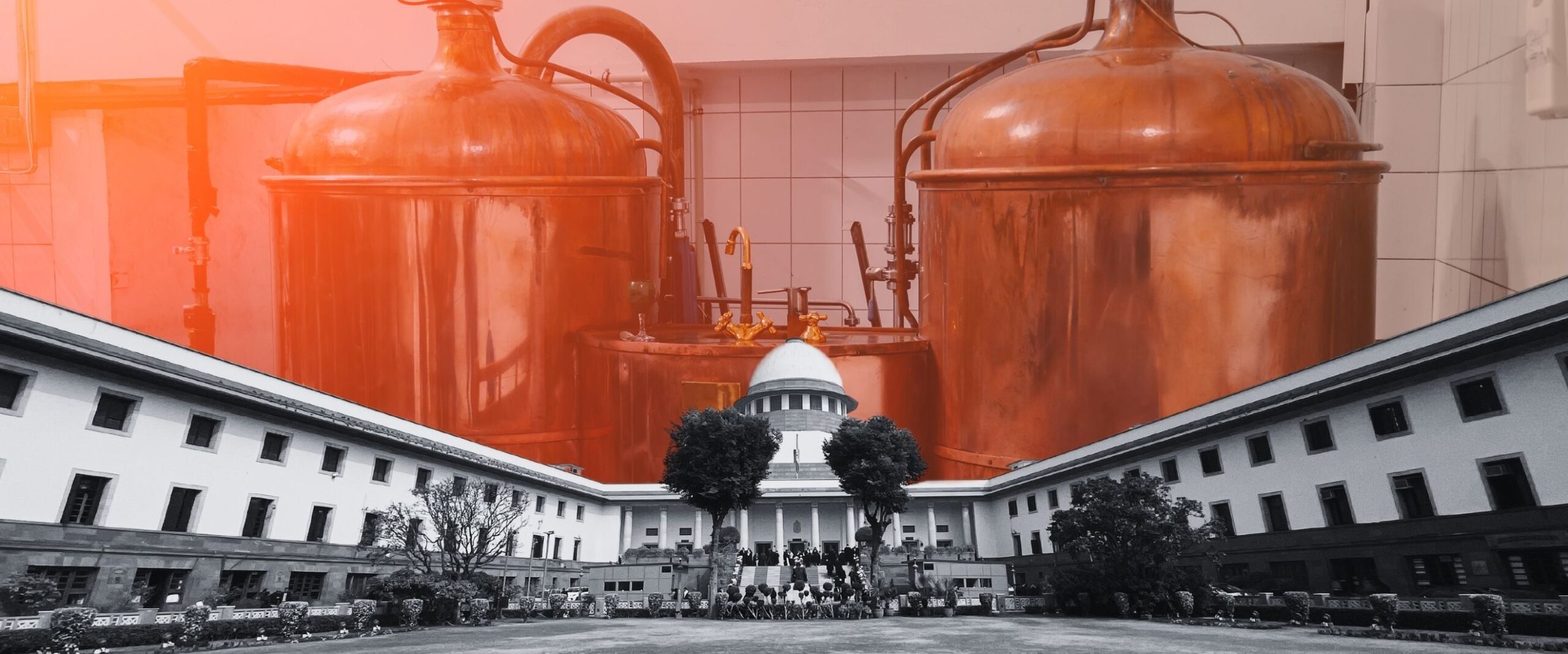Analysis
Whose power is it anyway?
Justice Nagarathna’s dissents in two recent Constitution Bench matters may suggest that achieving ‘federal balance’ is a delicate thing

Another big Constitution Bench decision was delivered this week. In an 8:1 majority in State of Uttar Pradesh v Lalta Prasad Vaish, the Supreme Court held that a state government, and not the Union, has the power to regulate industrial alcohol. It also held that states’ power to make laws on “intoxicating liquor” included the alcohol used for industrial purposes.
This seemingly technical case had some interesting moments, including a sprinkling of quintessential booze humour. Justice Hrishikesh Roy led the bench on this front. In the mix was a reference to an “intoxicated bee” and a light-hearted call for “material exhibits”. The judgement pronouncement ended with a suggestion to the winning side to enjoy happy hour.
This also marked Justice B.V. Nagarathna’s second dissent in a Constitution Bench case this year. The first was in Mineral Area Development Authority v Steel Authority of India, where the Court had to consider the extent of state governments’ power to impose tax on mines and minerals. The nine-judge Bench in Mineral Area was deciding if the Mines and Minerals (Development and Regulation) Act, 1957 amounted to a declaration curbing the power of state governments. The majority found that there needed to be an expressed and specified limitation even as Parliament exercised its power under Entry 54 of the Union List—the entire Mines Act could not be “stretched” to limit law-making power under Entry 50 of the State List.
Justice Nagarathna had sounded a warning bell in her dissent. She pointed out that with the majority’s view, states could impose taxes, cesses and surcharges despite the Union having legislated on those aspects. She saw it as a “breakdown” of the federal structure which provided for “Union supremacy” in instances of conflicting or overlapping laws.
A similar issue was at play in the industrial alcohol case. Entry 8 of the State List vests the power to regulate “intoxicating liquors”. Entry 52 of the Union List allows the Union to take control of industries through law made by Parliament. The Industries (Development and Regulation) Act, 1951 is one such law. “Fermentation industries” finds a place in the First Schedule here, and it is defined as industries dealing with alcohol other than potable alcohol.
In her dissent in Lalta Prasad, Justice Nagarathna echoed her concerns from Mineral Area. She noted that industrial alcohol was the key element in the alcohol-based chemical industry. They are the “building blocks” in the production of “synthetic fibres and synthetic yarn, drugs and pharmaceuticals, agrochemicals, personal care products, dyestuffs, pigments, flavours & fragrances etc.”
During the hearings, the Union argued on the practical need for Parliament to legislate on industrial alcohol. Solicitor General Tushar Mehta had referred to the National Policy on Biofuels, 2018. Justice Nagarathna held that the constitutional framework that recognised parliamentary supremacy was designed keeping in mind the larger national interest.
“It is all important that this edifice is not dislodged while attempting to dynamically interpret the Constitution,” she wrote. Acknowledging Mehta’s Biofuel Policy example, she cited a Ministry of Petroleum publication which suggests that the increasing use of Ethanol Blended Petrol had led to savings of ₹53,894 crores in the import bill and a reduction of 318.2 lakh tons of greenhouse gas emissions over eight years between 2014 and 2022.
Beyond the semantic debate around the meaning of “intoxicating liquor”, the majority and minority were looking at the big picture in different ways. The majority felt that allowing an interpretation where the Union could mark its territory with an umbrella legislation would set a dangerous precedent. The minority felt that the danger came from letting state governments legislate on critical industrial resources and potentially jeopardise even economic development in the country.
These two rounds of the legislative turf war between Union and states seem to have gone to the latter, but this is surely not the last we’ve heard of it. ‘Federal balance’ will remain one of the most compelling and eternal dilemmas of the republic and its institutions.
This article was first featured in SCO’s Weekly newsletter. Sign up now!